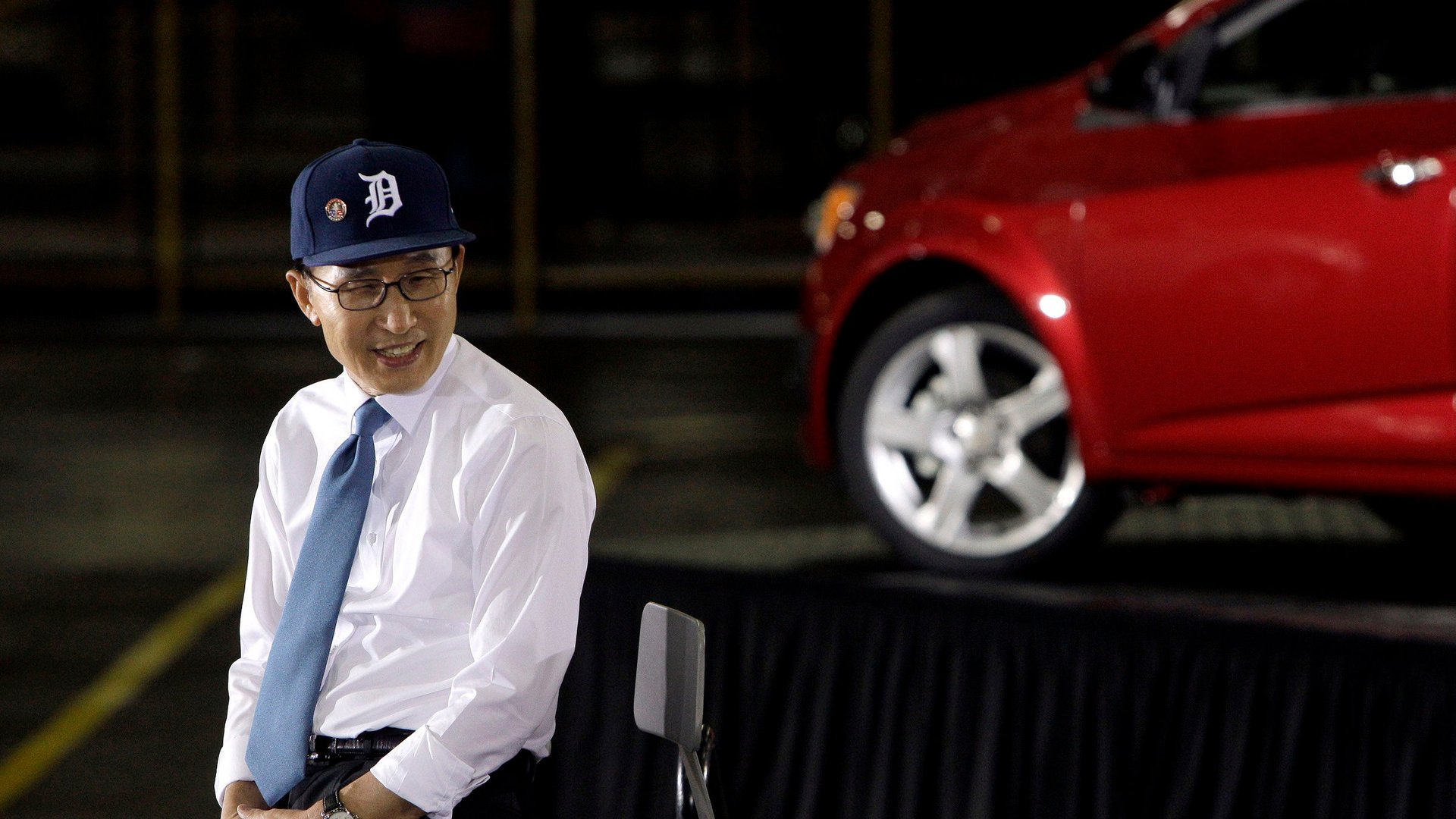How President Obama signed the biggest free-trade deals in 17 years without signing them
“The President has not signed one new free trade agreement in the past four years,” Republican presidential candidate Mitt Romney said in a major foreign policy speech today at a military college in Virginia. “We have no trade agenda to speak of … I will champion free trade and restore it as a critical element of our strategy.”

“The President has not signed one new free trade agreement in the past four years,” Republican presidential candidate Mitt Romney said in a major foreign policy speech today at a military college in Virginia. “We have no trade agenda to speak of … I will champion free trade and restore it as a critical element of our strategy.”
This may confuse leaders in South Korea, Colombia and Panama, all countries that saw new free trade agreements with the US go into effect in 2011, the biggest expansion in US free trade since NAFTA in 1994. Romney is right about one thing, though: Obama, technically, didn’t sign the agreements.
According to Edward Alden, a fellow at the Council on Foreign Relations who specializes in trade policy, and Bill Frenzel, a former US Congressman who worked on the NAFTA negotiations, Romney is exploiting a technicality: Obama didn’t sign off on the original deals; previous President George W. Bush did after negotiations by his administration. However, Bush was unable to get the deals ratified by the US legislature. When Obama came into office, his trade representative renegotiated provisions within the agreements (for example, to allow more American auto sales in South Korea) before they moved through Congress last year. Obama signed the laws that made the deals operational.
As always in these cases, the picture is far more complex than the soundbite, but it’s clear that Obama and his team had to do quite a bit to finish the job the previous president had left undone. When it comes to Obama’s own free-trade agenda, the message is mixed by necessity.
“Since Nixon, he’s been the least aggressive in promoting free trade,” Frenzel says. “Of course there’s been a worldwide recession, so it hasn’t been easy to do it, but he also hasn’t been eager to do it.”
“For the first couple of years of the Obama administration…they really did very little in terms of pursuing new trade liberalizing negotiations. The few actions that they did were trade restricting like the imports on tires from China,” Alden says. “In the last eighteen months, the administration has had a reasonably ambitious trade agenda.”
The highlights include negotiations for the Trans-Pacific Partnership, a free trade deal with eight nations, including Australia, Peru, Vietnam and New Zealand; WTO discussions to liberalize the trade service industry, including finance, insurance, and construction; and early exploration of a bilateral free trade deal with the European Union.
“I haven’t heard anything specific from Romney that there are other negotiations that he would do that the president hasn’t done,” Alden says.
And at the end of the election, experts say, there will be little difference between the two when it comes to advocating trade deals. As a Republican, Romney might be expected to emphasize free trade more than his opponent, but when it comes to moving the deals through Congress, a Democrat might have a bigger advantage.
PRIMARY SOURCE: Here’s the full text of Mitt Romney’s foreign policy speech.